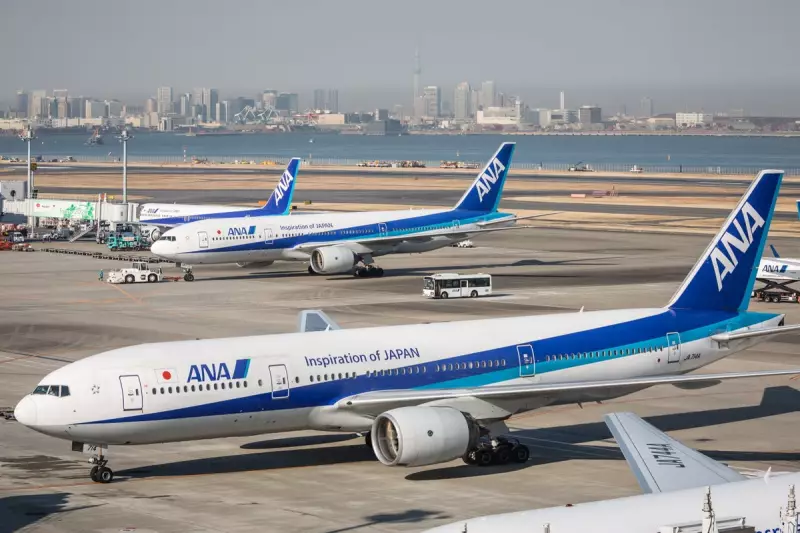
Passengers aboard an All Nippon Airways (ANA) flight from Hawaii to Japan endured minutes of sheer terror this weekend when their aircraft suddenly plunged nearly 6,000 feet following a severe turbulence encounter.
The Boeing 737-800, operating as Flight ANA 958, was approximately one hour into its journey from Honolulu to Tokyo's Haneda Airport when it was violently shaken by the unexpected weather phenomenon. The sudden altitude loss triggered chaos in the cabin, with unsecured items becoming dangerous projectiles.
Chaos in the Cabin
According to initial reports, the extreme turbulence resulted in injuries to both passengers and crew members. While details on the severity remain limited, at least one flight attendant was reportedly hospitalised upon landing.
'It was absolute pandemonium,' one passenger recounted to Japanese media. 'One moment we were cruising smoothly, the next we were dropping violently. People who weren't buckled in were thrown from their seats.'
Emergency Response and Investigation
The pilots managed to regain control of the aircraft and executed a safe landing at Haneda Airport as scheduled. Emergency medical services were on standby to assist injured passengers upon arrival.
Japan's Transport Ministry has classified the event as a level 2 serious incident on its aviation safety scale, triggering an immediate investigation by the Japan Transport Safety Board. Both ANA and Boeing are cooperating fully with authorities.
Aviation Safety Under Scrutiny
This alarming incident comes amidst heightened global concern regarding aviation safety, particularly involving Boeing aircraft. While preliminary indications suggest weather-related causes rather than mechanical failure, investigators will thoroughly examine all possible factors.
Aviation experts emphasise that while such severe turbulence events are rare, they underscore the critical importance of keeping seatbelts fastened whenever seated. Climate change research suggests that clear-air turbulence, particularly on trans-Pacific routes, may be increasing in frequency and intensity.
ANA has expressed apologies to affected passengers and stated they are providing necessary support while reviewing safety protocols in cooperation with aviation authorities.





